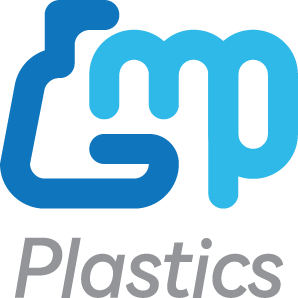As a manufacturer of tissue culture plastics, ensuring pyrogen-free consumables is critical to supporting reproducible cell culture, pharmaceutical research, and clinical applications. Even trace amounts of pyrogens can compromise experiments, interfere with drug development, and pose serious health risks in medical settings.
At our facility, we adhere to strict quality control measures, including USP 85 testing for bacterial endotoxins, to guarantee that our tissue culture flasks, pipette tips, deep well plates, and centrifuge tubes meet the highest sterility and safety standards.
What Are Pyrogens and Why Do They Matter?
Pyrogens are fever-inducing contaminants that can disrupt cell cultures and threaten patient safety when introduced into biopharmaceuticals, injectable drugs, or medical devices. The most concerning type of pyrogens are bacterial endotoxins, which are derived from the outer membrane of Gram-negative bacteria.
For manufacturers of sterile laboratory plastics, preventing pyrogen contamination is essential because:
- Cell cultures are highly sensitive to endotoxin exposure, leading to inconsistent growth and experimental failure.
- Biopharmaceutical research and production demand pyrogen-free plastics to avoid compromising drug safety and efficacy.
- Medical applications, including tissue engineering and regenerative medicine, require endotoxin-free materials to prevent harmful immune responses.
USP 85 Testing: How We Ensure Pyrogen-Free Plastics
The United States Pharmacopeia (USP) 85 Bacterial Endotoxins Test (BET) provides the industry standard for detecting endotoxin contamination. As a tissue culture plastics manufacturer, we integrate USP 85 testing into our quality control processes to ensure our products are safe for sensitive applications.
Methods of USP 85 Testing We Use
USP 85 outlines several methods for detecting endotoxins. As a manufacturer committed to sterility and compliance, we utilize the most advanced and reliable methods.
Limulus Amebocyte Lysate (LAL) Test
The LAL test is the most widely used pyrogen detection method.
Each batch of our tissue culture plastics undergoes LAL testing to confirm endotoxin levels remain well below USP 85-defined limits.
Why USP 85 Testing Matters for Tissue Culture Plastics
For laboratories and biopharmaceutical companies, using USP 85-tested consumables ensures:
- Reliable, reproducible cell cultures free from endotoxin interference.
- Compliance with pharmaceutical and clinical research regulations.
- Safe handling of biological samples without the risk of immune reactions.
At our facility, USP 85 testing is a cornerstone of our quality assurance program. By integrating rigorous pyrogen testing, we ensure our tissue culture plastics meet the highest sterility standards, providing researchers and medical professionals with safe, reliable, and contamination-free labware.




